Presenter:
KS Kary Stewart
Interviewees and speakers:
JV Jaime Villalobos
VF Viviana Farfán
TA Tamara Antonieta Nuñez del Prado Aguilera
RV Rosana Vega
AT Alfredo Ruben Targui Alunoca
EM Esther Ruth Valero Mamari
MA Miguel Anghel
AT In my case my family had very little money so we needed to start working from a very young age, for lack of money.
KS Alfredo Ruben Targui is talking to me outside the Universidad Mayor de San Andrés in Bolivia’s capital, La Paz. He’s studying educational sciences. Now 24 years old, his working life began at the age of seven, and in his teens he became a member of a child workers’ union.
AT I’ve sold jellies, I worked on mini vans opening the doors, charging the clients. Also in construction, I carried bricks, washed dishes, all kinds of work [that] I could find.
KS In 2013 the Bolivian government began to revise the code protecting the rights of children and adolescents. They decided to keep the minimum working age at 14 years old, but the decision sent child protestors to the streets and sparked violent confrontations between children and police. The young protestors were angry that they had not been consulted and were demanding that the legal age limit should be lowered.
AT A child has to help their family because a child is part of the family. A child never is going to do nothing, they don’t sit around doing nothing, just studying – they will always help.
KS Welcome to this month’s episode of the Global development podcast. My name is Kary Stewart and I’m here in Bolivia to find out why around 850,000 children in the country, some as young as four or five, have become child workers, and to discover whether child work can be justified under certain unique circumstances.
AT I’ve worked from the age of seven, but the good thing was that I was not the only one working at that age, there were other children in my school that had to work from the age of four or five, starting to work, helping their family in different fields. There are a lot of children that already work from the age of five. I worked from eight, seven, six in the morning until about eight in the night, I would make enough money for the rent and also my salary for the day. I earned about 20 pesos for a day, I went home and gave that to my mother.
KS Alfredo’s story may sound shocking but many argue that the circumstances in Bolivia are not as cut and dried as they may appear at first. Jaime Villalobos works for Save the Children in Bolivia and prior to that founded Hormigón Armado, an organisation designed to support children working in the streets in La Paz. He believes that there are two very different types of child labour. The first is a child who chooses to work for their own survival; and the second is when a young person is forced to work, or is seriously exploited.
JV I’ll give you the extreme example of the, badly called, child prostitution. In Bolivia, and in my personal view, prostitution can never be seen as work for children. It’s not, it’s a horrible crime, those that are involved are criminals except for the child that’s involved there. So you can never say child prostitution is work. This is not – it’s a horrible crime, it’s exploitation. So if we draw that line then you have what are considered child work or child labour and what is child exploitation.
KS In 2014 the Bolivian government bowed to pressure from the children’s unions and altered the Code for Children and Adolescents, which is designed to protect minors. The age at which some children are allowed to work was lowered from 14 to 10 years old under very specific conditions. There was an international outcry with some damning headlines.
JV I even saw a cover in a European magazine, I think it was English, that said, “Bolivia legalises child work” and it showed the photo of a child miner. A child working in a mine is not a child working, it’s a child being exploited as well. So that image was false, it gave a false image of Bolivia that we are turning a blind eye on children working in the mines or in construction, on this work, that are really detrimental to a person’s development.
KS For Jaime, the magazine cover that he saw was making a judgment about something that in Bolivia has a very different cultural context.
JV If you go back to a western point of view from the time, even the Romans, the slaves worked then in a feudal society. It’s the poor people that work. The ideal of the rich people is they dedicate themselves to art, to war, so there’s a kind of negative image that goes with work. While on the other side, in the Andean vision, in the Andean society this was not the case, since very young the children worked with their parents in the fields and all this and there was not this negativity associated with this. There is a dignification with it that’s really strong. It’s a big part of their bringing up. Since very young they take care of their little brothers and it’s their active role in society and it’s a very dignified role in their society. So I actually like that in the new Código del Niño, that they recognise this as a very positive thing in society.
TA My name is Tamara Antonieta Nuñez del Prado Aguilera, deputy delegate for the validity and practice of the human rights of children, adolescents, women, populations and subjects of special protection. There are children in the first world that have never worked as a waiter or a waitress, they expect everything to be given to them, the state to give to them, or the family is obliged to give to them. These are two completely opposing ways of looking at things.
KS Tamara works for the Defensoría de la Ninez y Adolescencia, a government department that protects the rights of children. I asked her what in her opinion are the main reasons why children work in Bolivia.
TA One is an economic reason. We cannot say that Bolivia is a first world country where families have their living 100% assured. Here in many cases children are a productive part of the family and they generate just enough money to have the minimum necessary to survive. We can’t deny that in Bolivia, although it’s developing, growing, and there is a welfare state there are still many families where everyone in the family has to work to survive. Also, it’s impossible to imagine an Andean or Amazonian culture where the children don’t help in the harvesting or planting season. This is not only part of the activities of the family, but also part of the cultural and social activities of the Andean world view. According to these customs and habits a child that doesn’t give part of his time to the community would be frowned upon, culturally, ethically and morally.
KS As I stand on El Prado, the main road going through the centre of the city, I can see some very young children cleaning car windows, selling sweets, running kiosks, and many of them are working in groups. It’s very apparent here on the street that child work has become a normalised part of the city’s rhythm. However, while in the rural communities the culture may support a child’s contribution, the reality for young workers in a tough urban setting such as La Paz can be very different. Esther Ruth Valero Mamari is 43 years old. As a child she worked doing various jobs and eventually she became a shoeshiner in La Paz. She’s educated, she’s cheerful and she’s proud of who she is, a combination that makes her very popular with the community here. She’s taking me to meet some of the children who work as shoeshiners in the city centre.
EM We’re in the centre of the city. I can see a main road, Avenida Montes. People are eating empanadas and salteñas and some of my colleagues are also shining shoes and we are near the footbridge so there are many people crossing from one side to the other.
KS And when you see children on the street, very young children that have problems, do you help them?
EM Sometimes I’ve had to defend them because some are very shy but other children do know how to defend themselves, but yes I’ve had to do that sometimes because there are all sorts of people everywhere.
KS Miguel Anghel is 11 years old and his cousin Jorge is 13 years old. They’re from the Munecas region and they’ve come to La Paz to work as shoeshiners.
MA First we open the box and take out the brush and the shoe polish and the cloth and then he puts his feet on the box and we shine them.
KS Shoeshiners are one of the most stigmatised groups in society in La Paz. They encounter discrimination, racism and violence and some may even try to hide the fact that they’re shoeshiners from their friends and families.
EM That’s why many of my colleagues use balaclavas, exactly for that reason, because many of them look at this job as a very lowly job, a bad job, so many use balaclavas because they have family and their family doesn’t know that they shine shoes.
KS In fact all the shoeshiners I spoke to attend school almost on a daily basis. All have realised the importance of school and are keen to attend, so why is there such a negative profiling of shoeshiners? In talking to Esther it is clear that this has come from the fact that the public associate them with some of the most disenfranchised children that end up on the street.
EM There are some children with addictions, drugs or problems with alcohol. They do sleep out in the streets, they’re in that world because they’ve escaped home or are orphans or have suffered a lot of abuse at home or have run away. But alcoholism isn’t only a problem with shoeshiners, across all types of jobs that problem exists.
KS It was this stigma around shoeshiners that prompted Jaime Villalobos to start Hormigón Armado. It’s a play on words, it means reinforced concrete and also an army of ants. Jaime based the model on the Big Issue. He printed urban magazines that the children could sell and in exchange they attend weekend educational workshops.
JV And what became very important and very clear for me was that support that society gives these kids and that is very representative in the masks that the shoeshiners wear. So what that is telling us is that you have a society that not only do they deny them the dignity of the work, they discriminate them for that and what this does is very aggressive, so you’re not protecting these kids in the working environment from the toxic gases of the cars, from the drugs, from the violence, you also have to protect them from society itself.
KS Prior to 2014 the code stated that 14 was the minimum age to work. After it was revised the age stayed the same but adjustments were made for children to be legally able to work from 10 years old under various conditions. The Defensoría de la Ninez was appointed with diagnosing the child’s circumstances, where they live, if their parents knew they were working, if they were safe, and once satisfied that all this was in place the department could then issue the child a permit. But does this work in practice? Viviana from Save the Children.
VF That currently is not really happening because of two things mainly. One is there’s no money, that law came without a penny, so we have a wonderful law but we don’t have enough resources, locally or nationally, to implement it, as stated. And number two is because the relationship between working children and the formal child protection system is not the best, because they were usually not protected by these systems because as you say there are children of all ages working right now and since child work below 14 was forbidden or was illegal they were harassed by the police, they were harassed by basically everybody, they didn’t have any kind of protection but they have to keep on working so they still did it.
KS So are the government and the authorities in Bolivia essentially allowing these children to go unprotected? The situation is complex and according to Viviana it has always been that way.
VF We have high levels of violence, high levels of insecurity, high, huge levels of corruption, and children are not and never were a priority for the state, for the government, not for these, not for the ones before.
KS Rosanna Vega is the chief of child protection for Unicef in Bolivia.
RV The responsibilities are from the national level, from the ministries that are leading the subject. For example the Ministry of Justice that is responsible for all children’s rights in the country, but also the implementation is done directly at departmental level and the municipality and often the reason that is really a challenge for everybody to implement, not only child labour but all the children’s rights that are included and detailed in the code is that there is not enough public budget that is needed.
KS Jaime from Save the Children and Tamara from the Defensoría de la Ninez both agree.
TA Bolivia has progressed a lot but obviously the implementation of every article of the Code of Children and Adolescents and every municipality, government and central state depends on the finances at the time. We have to work on this little by little, we have to raise awareness with the people who make decisions, including the mayors of about 300 municipalities, new governors.
KS And while the complex forces in the country play themselves out, impoverished child workers in Bolivia have to grow up fast. They have no time to feel sorry for themselves, they are too busy surviving. Viviana.
VF To understand the situation we have to empathise with these children and try to walk in their shoes for a while. I mean, I’m a poor child, I don’t have access to all the services that I should have access to, for instance health, education, protection, but I have to live, I want to live, so what do I do? Trying to read things from this point of view is very different than [a law that] simply says children shouldn’t work, they should go to school. Yes possibly, probably that would be the best, but it’s not that easy.
KS And as we sit outside the university on a pleasant and warm day in the highest city in the world Alfredo talks to me about the extent to which working children have taken control of their own destinies.
AT For me from the age of six, seven years, I’ve been Nats. Nats means child adolescent worker, that’s what it means. If you’re a part of this it means that you’re a child worker so you are only Nats until the age of 18 years old.
KS Nats is a term used to describe children who identify themselves as workers. Alfredo joined Unatsbo, the Bolivian Union of Child and Adolescent Workers, when he was 14. It’s the country’s largest child worker’s union. Alfredo recalls the events that led to mass protests when the Code for Children and Adolescents was under review in 2013-14.
AT It was horrible, at the time Javier Zabaleta was the President of the Parliamentary Network of Adolescents. They tried to impose obstacles on us, like we couldn’t work in the Plaza de Santa Cruz anymore, this is where all children started working from eight years old, all children were arrested and put into jail.
KS Initially government officials and President Evo Morales tried to ignore the demonstrations but before long they had to act.
AT We fought for the cause of children to be respected and we demanded our proposal to be heard. On one occasion we went to see the members of UTOP, the police, because we were organising a march for the working children. We blocked one of the most important parts of La Paz until morning. We were gassed and hit by the police but in the end they opened the doors to us and we were invited to talk with the president about the Code of Children. And he told us he would help, because the president at that time told us he also used to be a working child in the town where he used to live he also used to work and he told us he was going to help us, indirectly that’s what the president told us.
KS So the government brought in the new adjustments. These allowed children from the age of ten to 14 to be able to work independently and those between 12 and 14 to legally work for others also, both as long as various safety conditions were met and the work was authorised by the Defensoría de la Ninez. It felt like a victory all round, it successfully protected children while taking into consideration the societal factors in place.
VF The work children do was being criminalised. Poverty was being criminalised. These kids don’t work because they like to do it, they work because they need to do it and that’s because of poverty because we have as a population huge needs that are not fulfilled.
KS Tamara from the Defensoría de la Ninez.
TA The code marks an important change in Bolivia and Latin America. It’s one of the most modern codes, giving more guarantees and more rights to children and adolescents. The big change is that children and adolescents now get much more political participation, that’s why in my opinion this code is very important. There’s a lot of progress.
KS But of course following the protests and then the subsequent review of the code there came cries of indignation around the world.
TA Someone with a western point of view won’t understand the Andean world view that the Bolivians have. The Code of Children of Bolivia has to deal with those two realities, the cultural reality and the economic reality. They all want to measure with the same measuring stick as the United Nations or the ILO or Unicef, but sometimes the measures are different, there are centimetres for some countries and inches for others. Everyone with their point of view can have different ways to measure, that’s why subjectivity is important.
KS So given the economic restrictions to implementing the code, what does the future hold for the children working on the streets of Bolivia who number close to one million? Jaime tells a cautionary tale of how the economy could affect progress for young people.
JV A lot of indicators show there’s going to be a big economic crisis and well, it’s going to be critical that the government does not take away the focus on services for an investment on youth because Bolivia’s in a complete demographic boom. We have a huge population that is right there ready to work and we’re not utilising this potential and it’s going to be detrimental to our economy if we don’t and to our society.
KS Tamara again.
TA I think while we have a stable and growing economy Bolivia is going in the right direction. If we like it or not in the state the human rights are reflected by the economic situation. When there’s enough money we can invest in policies for human rights, when funds are low the first policies to go are those around human rights. My wish is that in 10 years we could talk again and I could say that there’s no child exploitation and we have zero percent absenteeism and high school’s obligatory and we don’t have children on the streets anymore nor children in jails.
KS But those dreams could be a very long way off and meanwhile the young workers of Bolivia continue to fight to protect their rights.
AT They work, they organise themselves, they work on the right, they live the life, they live in the streets, they do their jobs, generation after generation they will keep on doing the same because the economy is not going to change from one day to another. It’s not like winning the lottery and living another life, they keep on living their lives in the way it has been.
KS As I wrap up my chat with Alfredo outside the university I ask him what his personal hopes are for the future.
AT I studied to give a better life to the children that I may have, I want to avoid those problems because I know from first-hand the pain in your stomach when you’re hungry. If you’ve experienced what it’s like not being able to have the materials you need to study, expensive books for high school, or maybe your parents can’t afford it, you’ll feel the need to study so that the next generation will have the benefits. That’s why one wants to study, to give a better life to the family.
KS I’m Kary Stewart and that’s the end of another episode of the Global development podcast. You can hear all our podcasts on the Global Development site or on iTunes, SoundCloud or your favourite podcasting app. Thank you for listening, until next time, goodbye.

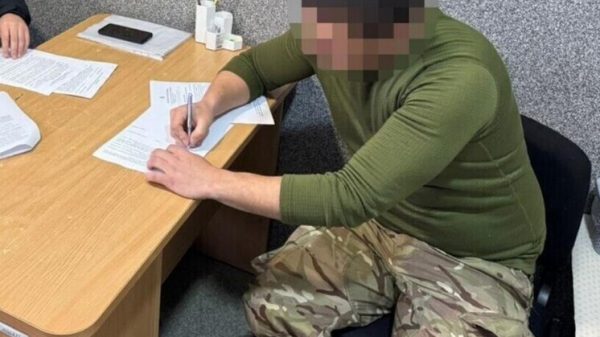

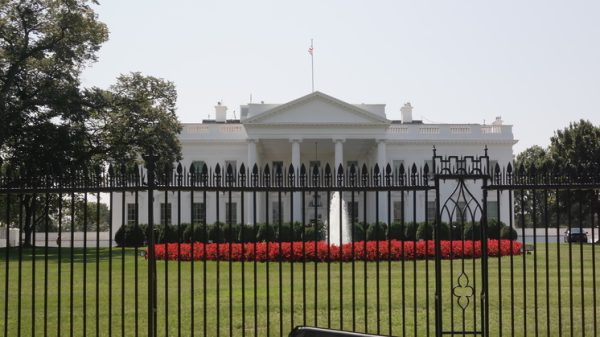
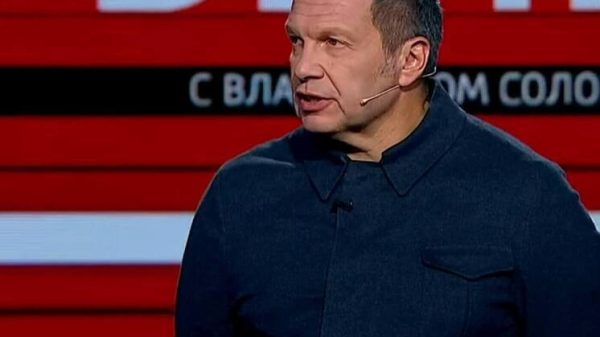
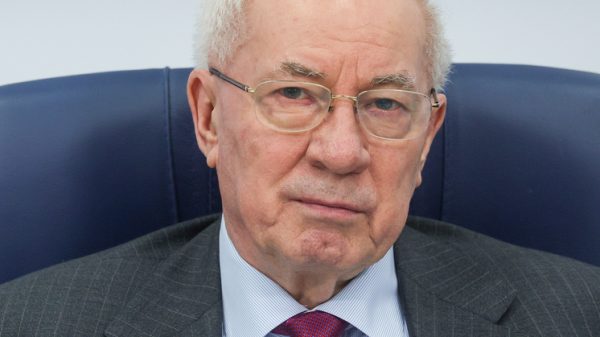

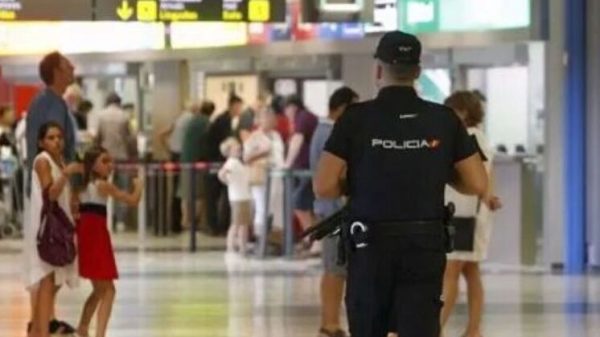
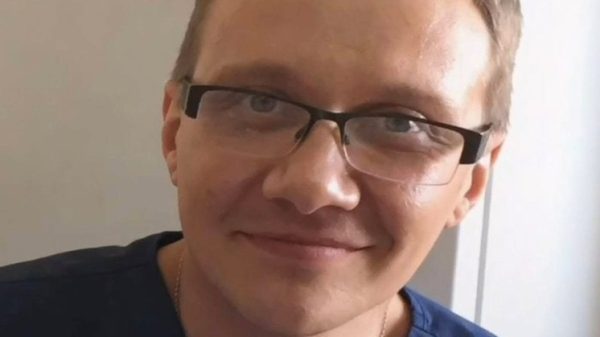
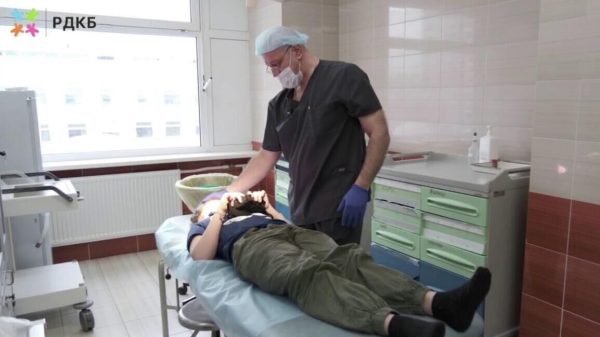
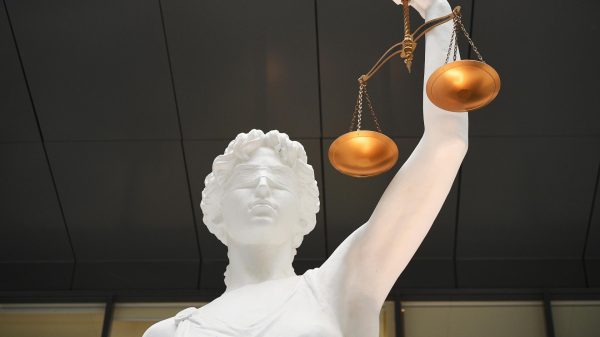

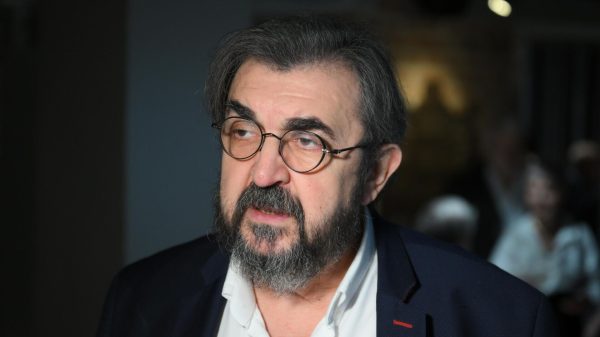
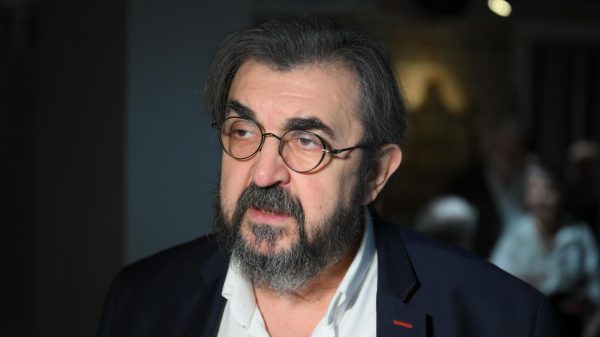



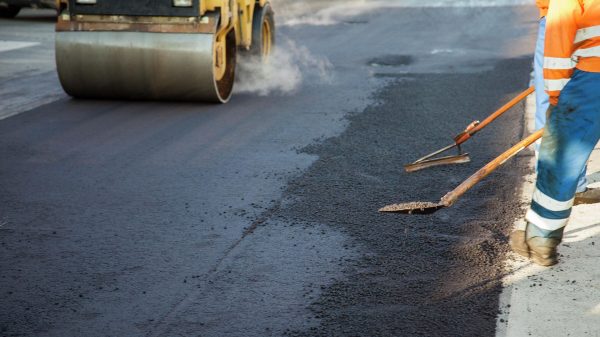

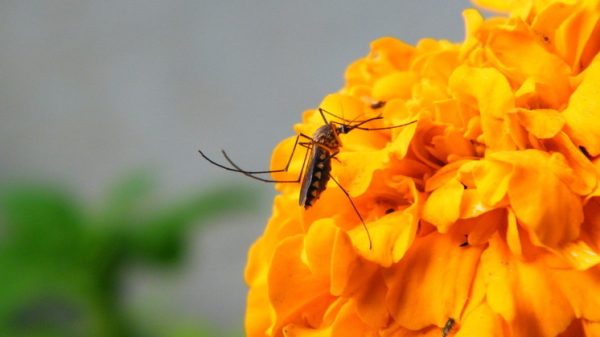

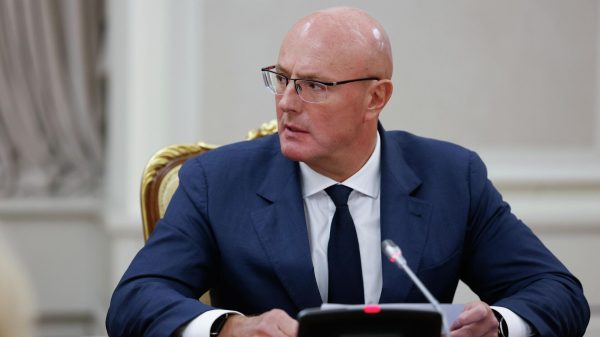






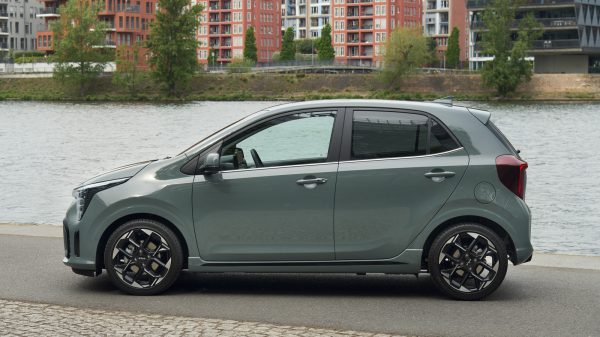
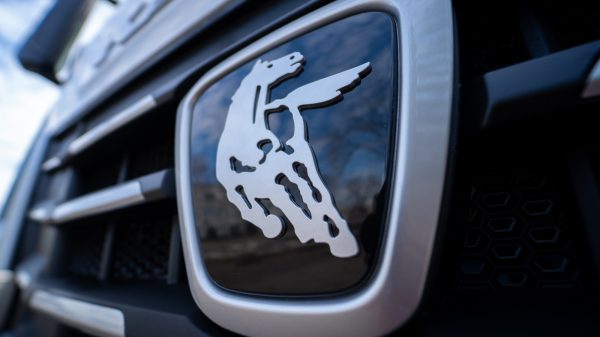

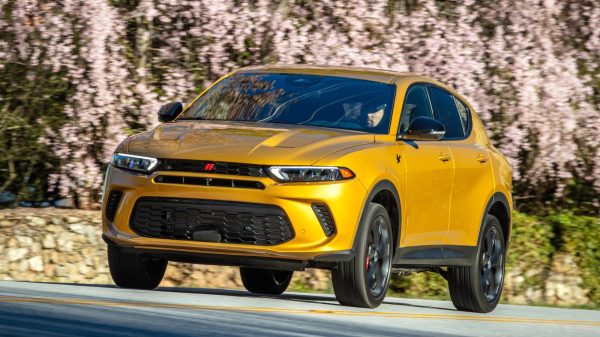

























Свежие комментарии